8 Top SDS (Safety Data Sheet) Software Solutions
How do you ensure the reliability of safety documentation when materials change and processes evolve rapidly? Most labs use a Safety Data Sheet (SDS) that explains how a chemical must be used, stored, and managed to minimize risk. It's a required document that R&D and production teams use to guide decisions, such as how to set up an experiment or scale a formulation safely.
.png)

However, in many labs, SDSs are often difficult to find or outdated, which can delay tests and make it more challenging to follow proper safety procedures. What's worse is that not having access to this information could cause a catastrophic lab accident.
Fortunately, lab teams can rely on modern Safety Data Sheet (SDS) software to keep documents accurate, accessible, and integrated into the systems teams already rely on.
A recent survey showed that 25% of researchers reported a lack of training on the specific hazard they were working with. SDS software helps fill this knowledge gap and promote safer lab work by linking up-to-date safety instructions to the materials and processes that are currently in use.
For companies working with regulated materials, SDS software is now baseline infrastructure. It gives lab teams more control over safety documentation and helps ensure the right information is available when and where it's needed. Let's look at the top SDS software solutions and how to choose one for your organization.
The Top 8 SDS Software Solutions
- Best for large chemical enterprises: Chemwatch
- Best for R&D collaboration and data integration: MaterialsZone
- Best for SDSs tied to formulations: Trace One SDS Authoring
- Best for multilingual SDS authoring: Lisam ExESS
- Best for integrated SDS + EHS workflows: Sphera SDS Management
- Best for full SDS lifecycle management: 3E Chemical Inventory and Safety Data Sheet (SDS) Management
- Best for authoring SDSs for new materials: EcoOnline ALMEGO
- Best for research labs and biotechs: SciShield ChemTracker
What Is SDS (Safety Data Sheet) Software?
A Safety Data Sheet (SDS) is a standardized document that outlines the hazards, handling procedures, storage guidelines, and regulatory classifications for a chemical substance. These sheets are designed to ensure that anyone working with hazardous materials has access to the necessary information to use those materials safely.
The SDS replaced Material Safety Data Sheets (MSDS) after 2012 when the Globally Harmonized System (GHS) was adopted by OSHA (the US Occupational Safety and Health Administration), and SDS became the new standard.
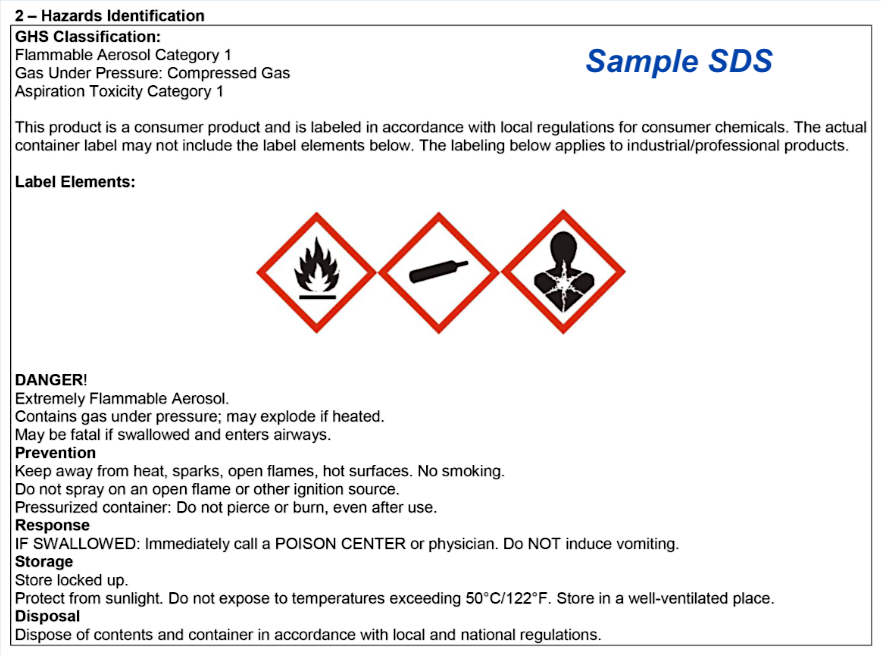
SDS software is a system for authoring and managing safety data sheet information in environments where safety documentation must be accurate and readily available. It gives teams a structured way to store, update, and retrieve SDSs without relying on disconnected systems or ad hoc file storage. Most platforms also include version tracking, access controls, and connections to tools used in lab, production, or compliance workflows.
The software is designed for organizations in sectors such as chemicals, pharmaceuticals, or advanced materials that frequently work with hazardous or regulated substances. It's typically used by EHS (Environment, Health, and Safety), compliance, and lab management teams responsible for maintaining accurate safety documentation and making it accessible across the organization.
In many organizations, there's no single system for managing SDSs, which makes it hard to confirm whether the information in use is current or whether required updates have been made. SDS software provides version control, maintains access records, and connects documents to the processes where they're needed. It reduces the risk of using outdated instructions and helps teams maintain safer, more accountable practices.
Types of SDS (Safety Data Sheet) Software
SDS software can be grouped into several common categories:
SDS Authoring Software
These platforms automate the creation of SDSs for proprietary formulations or new materials. They use built-in hazard classification engines to calculate physical, health, and environmental risks based on chemical composition. Most tools support Global Harmonized System (GHS)-compliant templates, jurisdiction-specific formatting, multilingual output, and integrated phrase libraries. Many also include regulatory database access and labeling tools to ensure consistency across SDSs and workplace documentation.
SDS Management/Library Software
Centralizing and digitizing SDS storage for fast search, retrieval, and audit, these solutions are the minimum requirement for any organization with a sizable materials portfolio. Top solutions offer features like alerts, mobile access, and integration with inventory or compliance workflows.
SDS & Chemical Inventory Systems
These platforms integrate real-time chemical inventory tracking of quantities, locations, usage, and waste with SDS documentation. They're critical for organizations with hazardous materials across multiple labs or sites because they enable live risk oversight and rapid incident response, along with up-to-date chemical SDS.
SDS Software Integrated with EHS or ERP Platforms
Some SDS tools are embedded within enterprise systems such as EHS (Environment, Health, and Safety) platforms or ERP (Enterprise Resource Planning) software like SAP or Oracle. These integrations enable companies to manage SDSs as part of a comprehensive safety and compliance framework. The software supports regulatory reporting, hazard classification updates, document access control, and automated labeling. This setup is best suited for large organizations that need SDS management across multiple business functions and locations.
Materials-Centric R&D Platforms with SDS Integration
This emerging category includes materials informatics platforms that incorporate SDS management into broader R&D workflows. These platforms connect SDSs to materials data models, experimental records, and formulation processes. This approach is especially relevant for R&D teams working with new materials or evolving formulations, where safety documentation must reflect changes as they occur.
5 Key Benefits of SDS Software
- Instant Access & Traceability - Provides centralized access to current SDSs with tagging, search, and version control.
- Automated Compliance at Scale - Applies GHS, OSHA, REACH, and other jurisdictional rules using integrated regulatory databases and change tracking.
- Inventory-linked Risk Management - Flags missing or outdated SDSs and links hazard changes to specific materials or storage locations.
- More Collaboration Across Teams - This feature supports controlled access for EHS, R&D, production, and QA teams working across labs or sites.
- Reduced Admin for Compliance Teams - Automates SDS updates, distribution, and audit logs to free time for regulatory planning and training.
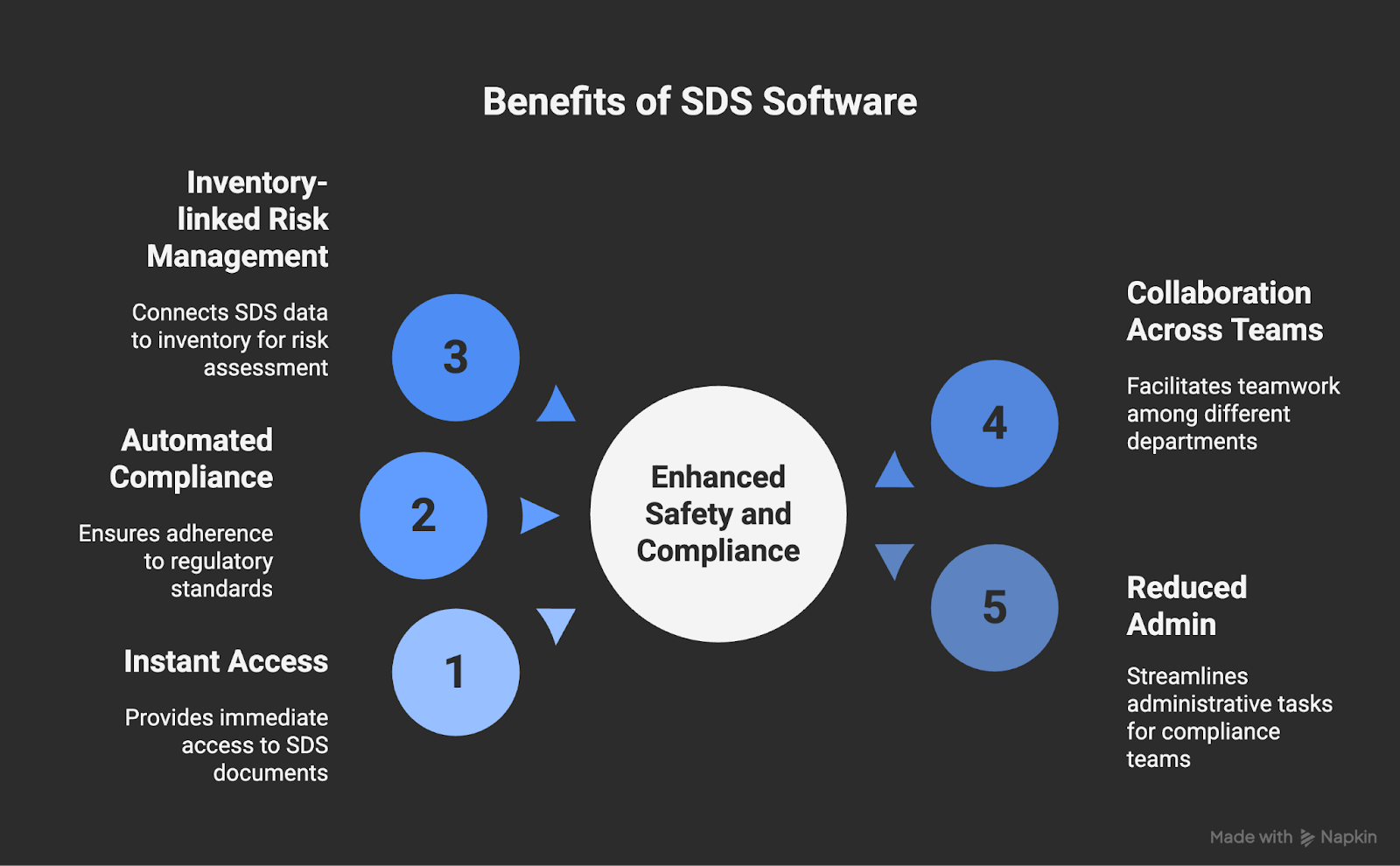
What Are the Key Features to Look for in SDS Software?
When selecting an SDS (Safety Data Sheet) software solution for your organization, look for the following features:
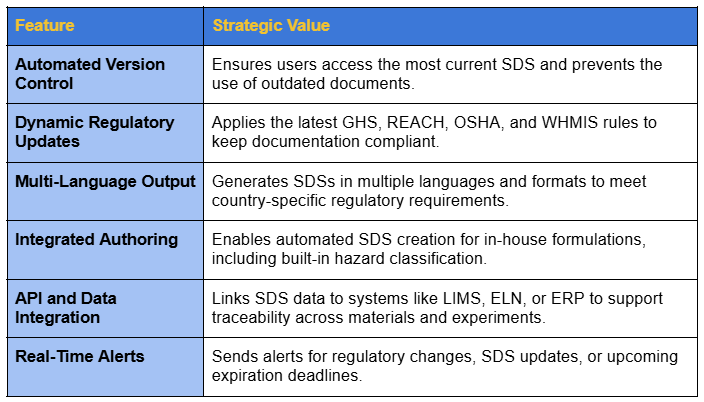
8 Top SDS (Safety Data Sheet) Software Solutions
1. Best for large chemical enterprises: Chemwatch
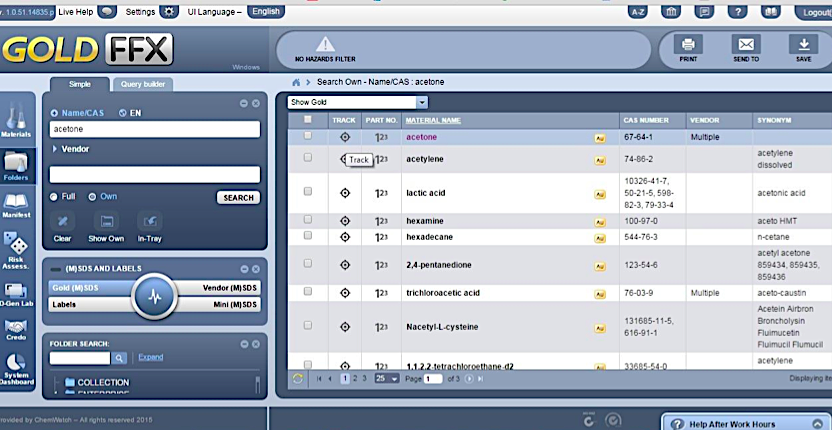
Chemwatch offers a comprehensive solution, spanning SDS authoring, regulatory intelligence, and asset management, for organizations that handle hazardous materials at scale. The platform provides global SDS management and chemicals compliance trusted by leading enterprises worldwide.
Key Features:
- Access to the largest global chemicals database: 150M+ SDS, 3M+ substances, 14,500+ chemical families
- Comprehensive SDS authoring, management, and regulatory data tools
- Seamless ERP and API integration with third-party platforms like SAP
- RFID asset tracking, manifests, and end-of-life disposal workflows
- Automatic SDS updates, multilingual eLearning, and IT support in 49 languages.
2. Best for R&D collaboration & data integration – MaterialsZone

Purpose-built for R&D-driven organizations, MaterialsZone is an AI-guided materials informatics platform integrating SDS management with end-to-end materials innovation. It unifies data, accelerates experimentation, and brings compliance into the core of every workflow.
Key features:
- SDSs are deeply embedded in R&D workflows and materials data models, connecting safety data to every experiment, formulation, and prototype.
- AI-guided materials informatics reduces experiments by up to 70% and accelerates product development 5x.
- The Materials Knowledge Center is a single source of truth, ingesting internal and external data for cross-site, cross-team access.
- Seamless automated integration with CRMs, LIMS, ELN, and ERP for true digital thread traceability.
- Visual analytics and predictive co-pilot to optimize development cycles and identify process correlations.
- Automated version control and regulatory update tracking for SDS documentation.
- A cloud-based collaboration hub supports global, multi-site R&D, breaking down data silos.
3. Best for SDSs tied to formulations – Trace One SDS Authoring
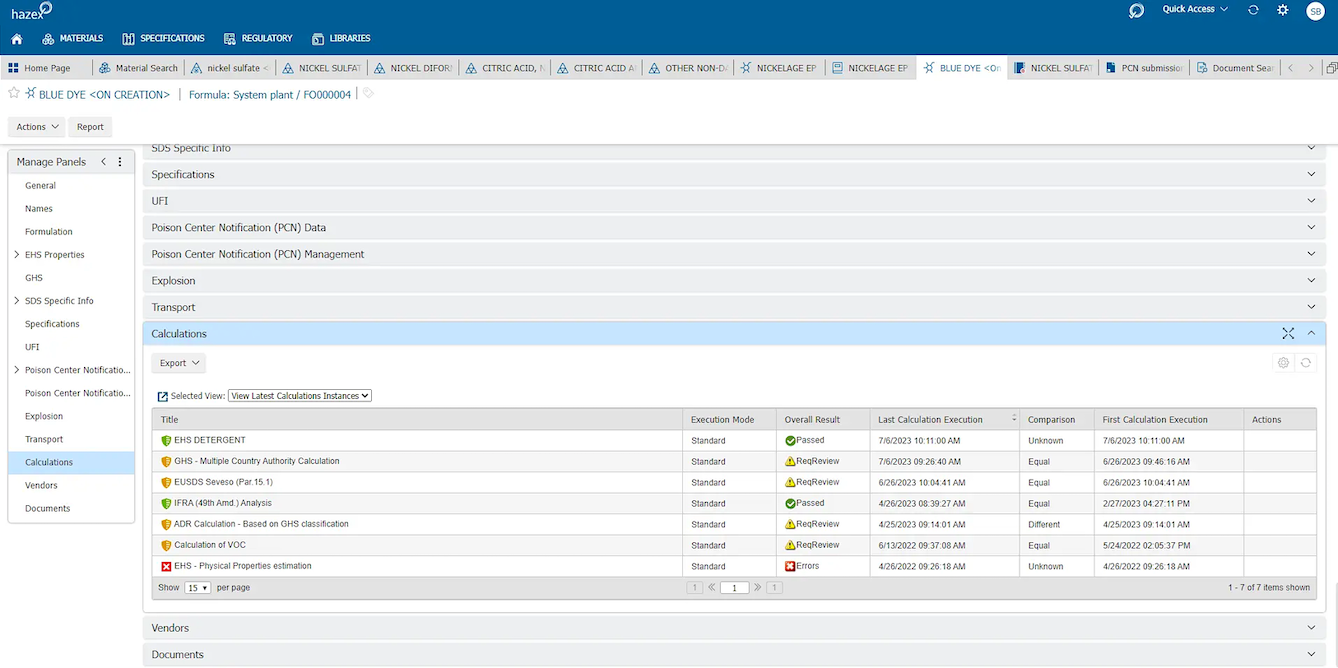
An integrated SDS authoring and management platform, Trace One is built for companies working with complex, formula-based substances and mixtures. It's designed to communicate the entire lifecycle of hazardous substances and mixtures, and includes operative conditions and risk management measures to help mitigate environmental and human health risks.
Key features:
- Users can author, manage, and distribute SDSs across 20+ GHS jurisdictions and 47 languages.
- Automatic template updates and proactive regulatory tracking.
- Integrates transport, labeling, and ERP synchronization for the full compliance lifecycle.
- Rapid, SaaS-based deployment with expert onboarding and support.
- Lessens the burden on IT teams by eliminating on-premise infrastructure through SaaS.
4. Best for multilingual SDS authoring – Lisam ExESS

Designed for global chemical compliance, Lisam ExESS is a feature-rich platform that supports automated SDS authoring in multiple languages and with robust document control. It simplifies the creation, management, and distribution of SDSs and other regulatory documents in compliance with accepted standards, including GHS, REACH, and OSHA.
Key features:
- Automatic hazard calculation and classification by region.
- Wide range of multilingual document templates and phrase libraries, including 100,000+ phrases and 50+ languages.
- Audit log and change tracking.
- Instantly generate multiple chemical inventory reports with the integrated report designer and template generator.
- Import/export and product-to-product data inheritance for efficient SDS management.
5. Best for integrated SDS + EHS workflows – Sphera SDS Management
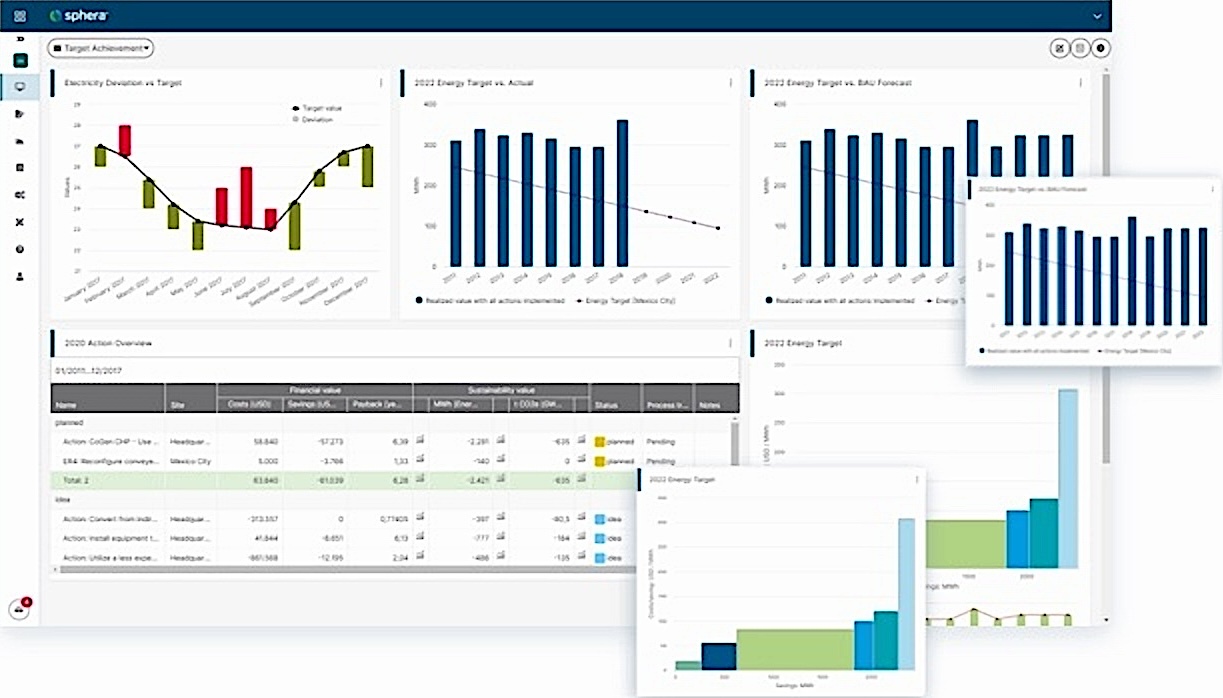
Sphera's SDS management software provides universal access to safety data sheets while also managing the arrival and departure of chemicals on site. It provides enterprise-grade SDS management with full EHS integration that generates comprehensive reports on your organization's chemical data.
Key features:
- Centralizes access to up-to-date SDSs and automates compliance documentation.
- Integrated chemical approvals and inventory management.
- Robust reporting and analytics for regulatory stakeholders.
- Seamless API integration and configurable approval workflows.
- Intuitive UI simplifies compliance processes.
6. Best for full SDS lifecycle management – 3E Chemical Inventory and Safety Data Sheet (SDS) Management
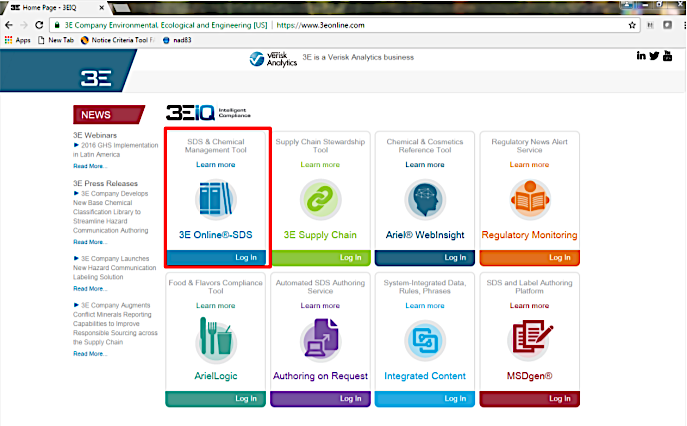
3E offers chemical industry users a full-service SDS management and chemical inventory platform. It supports unlimited scale, global reach, and live 24/7 compliance support for multi-site enterprises.
Key features:
- Unlimited access to global SDS and inventory data in 30+ languages at any facility scale.
- End-to-end SDS authoring, maintenance, and regulatory change monitoring.
- Integrated emergency response and compliance intelligence tools.
- Streamlines workplace safety, governance, and sustainability practices.
- Compliance with local, national, regional, and global hazard communication requirements, including GHS, REACH, CLP, K-OSHA, TSCA, ChemO, Türkiye REACH, K-REACH, and more.
7. Best for authoring SDSs for new materials - EcoOnline ALMEGO
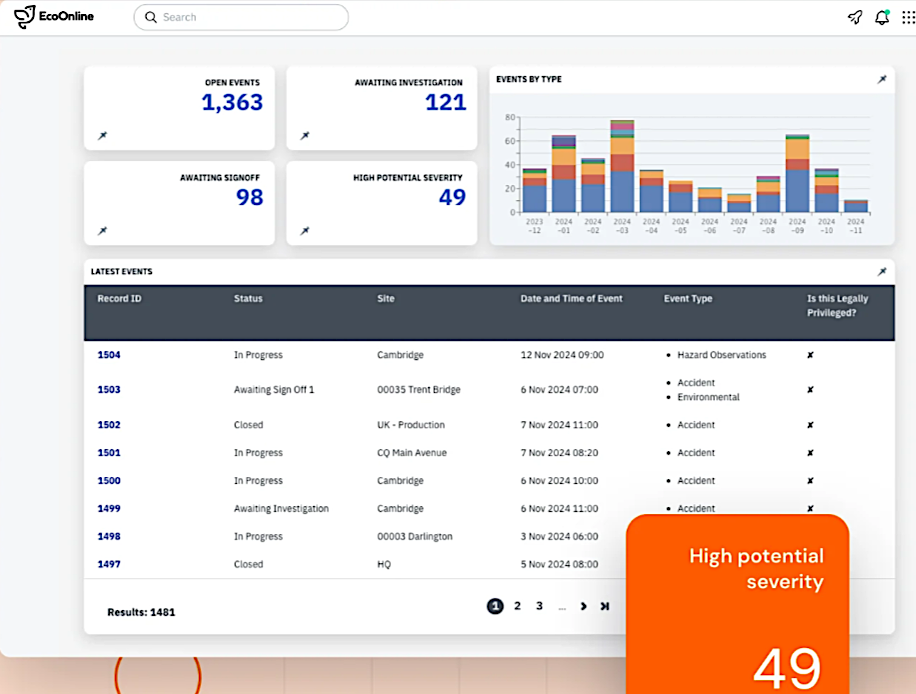
The ISO 9001-certified Almego platform from EcoOnline offers intelligent SDS authoring software that supports high-volume, multinational chemical businesses. It produces compliant SDSs for 80 markets in under 2 minutes while also speeding up onboarding with built-in integrations.
Key features:
- Built-in migration tools, API access, and integration with ECHA.
- Automated change management and audit-ready documentation.
- SDS Smart Extraction powered by LLMs for accuracy and auto-translation in over 39 languages.
- The integrated reporting tool generates clear and understandable reports on SDS data.
- SDS Authoring Software has a design module for customizing SDS branding.
8. Best for research labs and biotechs – SciShield ChemTracker
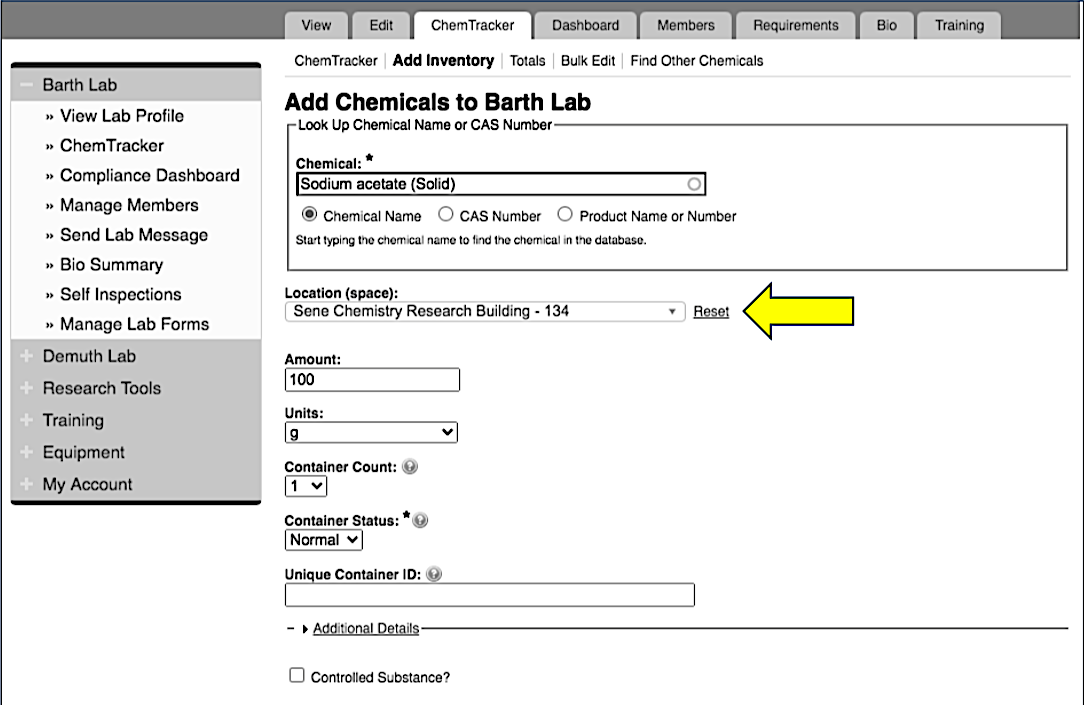
Built for scientists, ChemTracker integrates chemical inventory, SDS management, and compliance reporting for labs, biotechs, and academic research environments. It enables research labs to comply with industry-trusted, complex regulatory reporting by utilizing ChemTracker's proprietary database of chemical hazards and properties.
Key features:
- Real-time container-level tracking with barcode and RFID support.
- Automated SDS file matching and regulatory compliance reporting.
- Tamper-proof audit logs and waste tracking integration.
- Flexible user access control and fire code compliance tools.
- Powerful search tools allow users to crawl the chemical database for critical safety information and auto-attach the proper SDS files.
Why SDS Software Belongs Inside the R&D Workflow
SDS software has become essential for managing risk and maintaining control as materials and processes evolve. It ensures that safety documentation keeps up with the pace of R&D, rather than becoming a bottleneck or an afterthought. But managing SDSs separately from the systems where work happens still creates gaps between compliance and experimentation, and between documentation and decision-making.
MaterialsZone closes that gap by embedding SDS management directly into the materials R&D process. The platform links every document to the materials data it describes, whether that's part of a formulation, a trial, or a scale-up. Chemical safety becomes an accessible part of the lab workflow. Teams don't have to choose between speed and compliance. They get both, built in from the start.
Request a demo to see how MaterialsZone supports SDS compliance at every stage of development.

.png)


